Water Dragon
- January 4, 2024
- 0 comment
Water Dragons, fascinating creatures of both myth and reality, embody the mystique of the watery realms. These reptiles, scientifically known as Physignathidae, have adapted to an aquatic lifestyle, showcasing remarkable physical features such as elongated bodies, webbed feet, and tails tailored for efficient swimming. With diverse species like the Asian Water Dragon and the Australian Water Dragon, these beings inhabit various ecosystems worldwide.
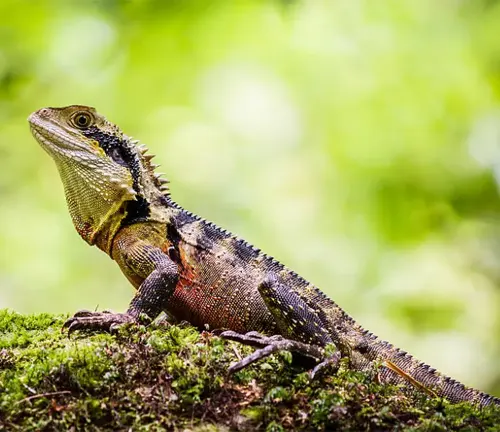
Known for their symbolic significance in cultures, Water Dragons have woven themselves into tales and legends, representing elements like luck and protection. Beyond mythology, their conservation status brings attention to the challenges they face, from habitat loss to pollution. As potential pets, understanding the legalities, proper care, and responsible ownership is crucial. From their unique trivia to the mysteries of their reproductive behaviors, Water Dragons captivate both the scientific and imaginative minds alike. This overview aims to dive into the depths of the Water Dragon world, celebrating their existence and highlighting the need for conservation efforts to ensure their place in our planet’s biodiversity.
| Characteristic | Description |
|---|---|
| Scientific Name | Physignathidae |
| Physical Features | Elongated bodies, webbed feet, scales mimicking water’s shimmer, tails designed for efficient swimming |
| Behavioral Traits | Semi-arboreal nature, skilled climbers, adept swimmers |
| Natural Habitats | Found in various environments, including rainforests and riverbanks |
| Species | Asian Water Dragon, Australian Water Dragon, and other lesser-known species |
| Adaptations | Limbs structured for swimming and climbing, versatile in different ecosystems |
| Cultural Significance | Symbolic in various cultures, representing luck, power, and protection |
| Conservation Status | Faces threats such as habitat loss and pollution, varying conservation statuses for different species |
| Pet Ownership | Legalities vary; requires proper housing, diet, and responsible ownership |
| Challenges in Captivity | Health issues and behavioral challenges may arise in captivity |
| Breeding | Exhibits unique reproductive behaviors, challenges in captive breeding |
| Interaction with Humans | Encounters in the wild require responsible behavior to minimize disturbances |
| Fun Facts | Impressive courtship displays, ability to change color, contributing to biodiversity |
Characteristics of Water Dragons

Physical Features
Water Dragons exhibit distinctive physical features, including elongated bodies, webbed feet, and tails designed for efficient swimming. Their scales often mimic the shimmering appearance of water, enhancing their aquatic camouflage.
Behavioral Traits
Known for their semi-arboreal nature, Water Dragons display fascinating behaviors both in and out of the water. Understanding their behavioral traits is crucial for appreciating their unique characteristics.
Natural Habitats
Water Dragons can be found in various natural habitats, from rainforests to riverbanks. Exploring their preferred environments provides insights into their adaptability to different ecosystems.
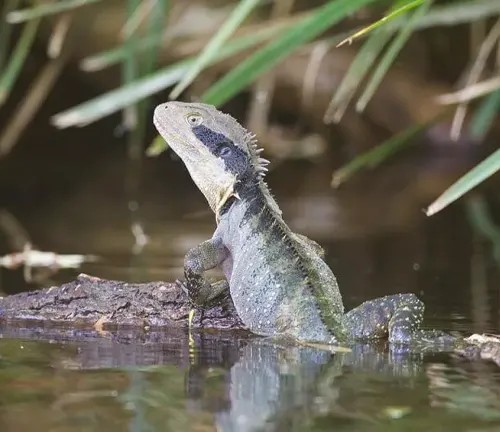
Adaptations for Aquatic Life

Limb Structure
The limb structure of Water Dragons is a marvel of evolutionary adaptation. Their limbs are specially designed to aid in both swimming and climbing, showcasing their versatility.
Swimming Abilities
Water Dragons are skilled swimmers, effortlessly navigating through water with a combination of powerful tails and webbed feet. Observing their swimming abilities provides a glimpse into their aquatic prowess.
Feeding Habits
Understanding the feeding habits of Water Dragons is essential for their well-being in captivity. From omnivorous diets to specific nutritional requirements, proper feeding contributes to their overall health.
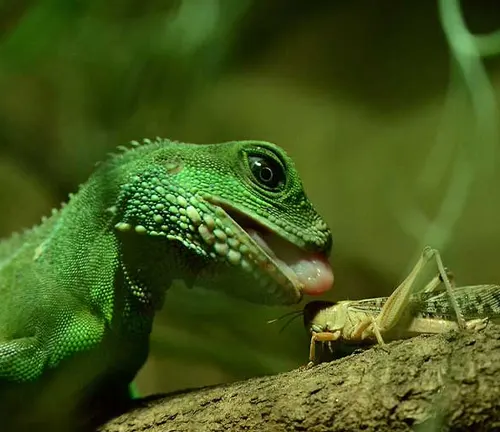
Importance in Mythology and Culture
Symbolism in Different Cultures
Water Dragons hold symbolic significance in various cultures, representing elements such as luck, power, and protection. Exploring these cultural connections enriches our understanding of their mythical importance.
Stories and Legends Featuring Water Dragons
Ancient tales and legends often feature Water Dragons as key characters. Unraveling these stories provides a cultural context that enhances the allure of these mythical creatures.
Conservation Status
Threats to Water Dragons
Despite their resilient nature, Water Dragons face threats in the form of habitat loss, pollution, and human activities. Examining these challenges highlights the importance of conservation efforts.
Conservation Efforts
Conservation initiatives play a crucial role in preserving Water Dragon populations. Understanding ongoing efforts helps raise awareness and encourages participation in safeguarding these captivating creatures.
Pet Care and Considerations
Legality of Keeping Water Dragons as Pets
Before considering a Water Dragon as a pet, it’s essential to understand the legalities associated with keeping them. Compliance with regulations ensures ethical ownership and contributes to conservation goals.
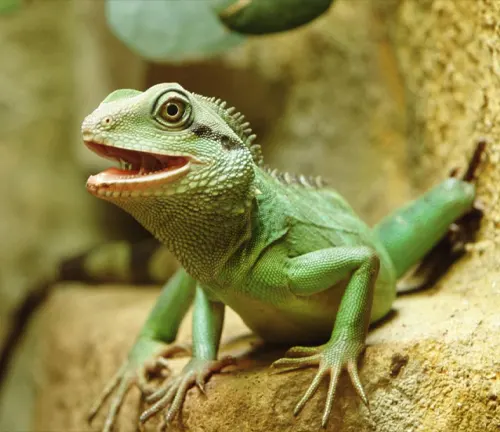
Proper Housing and Diet
Providing a suitable habitat and a well-balanced diet is paramount for the well-being of pet Water Dragons. Proper care and attention to their environmental needs contribute to their overall health.
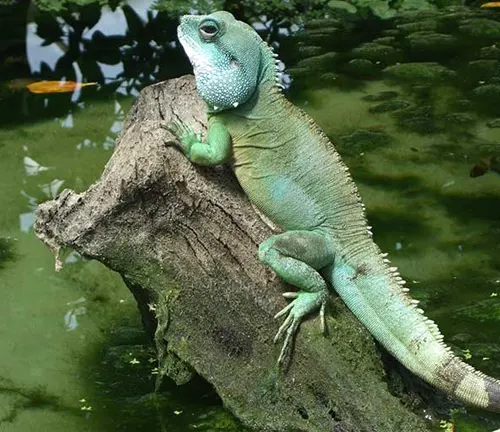
Challenges Faced in Captivity
Health Issues
Pet Water Dragons may face health challenges that require attentive care. Recognizing common health issues and seeking prompt veterinary assistance ensures their longevity in captivity.
Behavioral Challenges
Adapting to captivity can pose behavioral challenges for Water Dragons. Understanding their needs and providing enriching environments helps address behavioral issues.
Tips for Responsible Pet Ownership
Research and Education
Responsible ownership begins with thorough research and education about Water Dragons. Owners should be well-informed about their species-specific needs and behaviors.
Providing a Suitable Environment
Creating a suitable environment involves replicating the natural habitat of Water Dragons. Proper temperature, lighting, and hiding spaces contribute to their well-being in captivity.
Popular Misconceptions about Water Dragons
Misinformation in the Pet Industry
The pet industry may perpetuate misconceptions about Water Dragons. Debunking these myths promotes accurate information and responsible pet ownership.
Debunking Common Myths
Addressing common misconceptions, such as their ability to breathe underwater or their aggressive nature, helps dispel myths and fosters a better understanding of Water Dragons.
Breeding and Reproduction
Reproductive Behaviors
Understanding the reproductive behaviors of Water Dragons is essential for successful breeding programs. Observing natural behaviors and providing proper conditions contribute to breeding success.
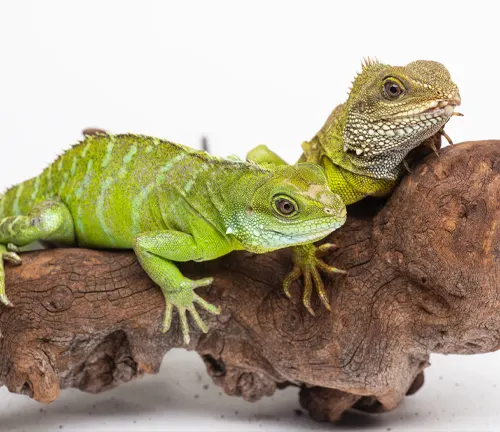
Challenges in Captive Breeding
Captive breeding presents its own set of challenges. Overcoming obstacles and implementing effective breeding programs contribute to the conservation of these remarkable creatures.
Interactions with Humans
Encounters in the Wild
Observing Water Dragons in their natural habitat requires responsible behavior to minimize disturbances. Ethical wildlife interactions contribute to the conservation of these magnificent creatures.
Human Impact on Water Dragon Populations
Human activities, including habitat destruction and pollution, have a significant impact on Water Dragon populations. Addressing these issues is crucial for their long-term survival.
Fun Facts about Water Dragons
Unique Trivia and Lesser-Known Facts
From their impressive courtship displays to their ability to change color, Water Dragons boast unique traits that make them even more captivating. Exploring these fun facts adds an element of delight to the narrative.
Different Species
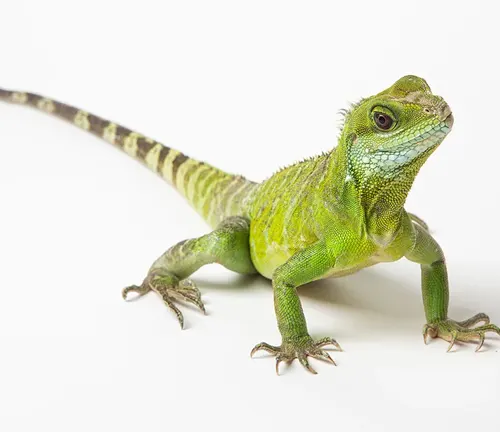
Asian Water Dragon
(Physignathus cocincinus)
Description: Vibrant colors, impressive size, and distinctive markings.
Habitat: Found in Southeast Asian countries like Thailand, Vietnam, and Cambodia.
Features: Elongated bodies, webbed feet, and tails for efficient swimming.
Australian Water Dragon
(Intellagama lesueurii)
Description: Native to Australia, known for their distinctive appearance.
Habitat: Found in eastern Australia near water sources like rivers and streams.
Features: Long tails, strong limbs, and a crest on the back of their neck.


Chinese Water Dragon
(Physignathus sinensis)
Description: Native to China and parts of Southeast Asia.
Habitat: Inhabits forests and areas near water bodies.
Features: Green coloration, powerful swimmers, and adapted to an arboreal lifestyle.
Philippine Sailfin Lizard
(Hydrosaurus pustulatus)
Description: Native to the Philippines, known for their sail-like fin on the back.
Habitat: Primarily found in trees near bodies of water.
Features: Elongated bodies, impressive sail-like dorsal fin, and strong limbs.
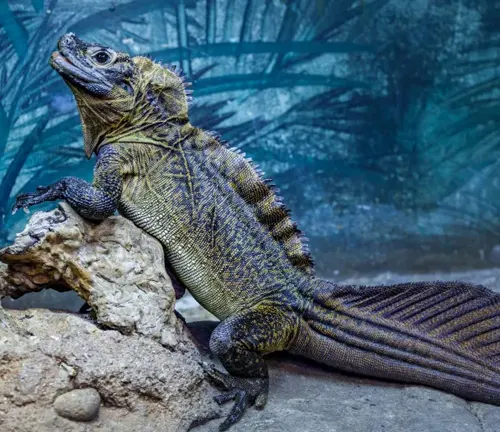

Australian Boyd’s Forest Dragon
(Hypsicalotes boydii)
Description: Found in the rainforests of Australia and Papua New Guinea.
Habitat: Arboreal, dwelling in trees and dense vegetation.
Features: Cryptic coloration, adapted for climbing, and prehensile tails.
Frequently Asked Questions (FAQs)
- What is a Water Dragon, and where are they found?
Water Dragons are reptiles adapted to an aquatic lifestyle. They can be found in various regions, including Southeast Asia and Australia. - Can Water Dragons be kept as pets?
Yes, some species of Water Dragons are kept as pets, but it’s essential to understand the legalities and provide proper care. - Do Water Dragons breathe underwater?
While they are skilled at holding their breath, Water Dragons need to surface regularly to breathe. - What is the lifespan of a Water Dragon?
In the wild, Water Dragons can live up to 10-15 years, while well-cared-for captive individuals may reach 15-20 years. - Are Water Dragons endangered?
Certain species, particularly in their natural habitats, face threats and are considered vulnerable or endangered. - How do I create an ideal habitat for a pet Water Dragon?
Provide a spacious enclosure with access to water, basking spots, and proper lighting. Mimic their natural habitat as closely as possible. - What do Water Dragons eat?
Water Dragons are omnivores, and their diet includes a mix of insects, small animals, and vegetation. - How big do Water Dragons grow?
The size of Water Dragons varies by species. Asian Water Dragons, for example, can reach lengths of up to 3 feet. - Do Water Dragons change color?
While not as prominent as in some other reptiles, Water Dragons may exhibit color changes based on factors like mood and temperature. - Can Water Dragons be housed together?
Housing multiple Water Dragons together is not recommended, especially for males, as they can become territorial and aggressive. - What kind of environmental enrichment do Water Dragons need?Water Dragons benefit from a stimulating environment with climbing opportunities, hiding spots, and access to water for swimming.
- Are there specific health issues common in pet Water Dragons?
Common health issues may include metabolic bone disease and respiratory infections. Regular veterinary check-ups are essential. - How do Water Dragons reproduce?
Water Dragons reproduce through sexual reproduction, with males exhibiting courtship behaviors and females laying eggs. - Can Water Dragons be found in the United States?
Yes, certain species of Water Dragons, particularly as pets, can be found in the United States. - What is the significance of Water Dragons in Chinese mythology?
In Chinese mythology, Water Dragons symbolize power, transformation, and good fortune, often associated with bodies of water.



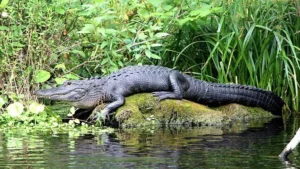

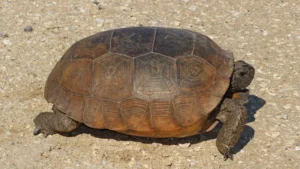
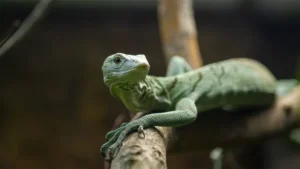
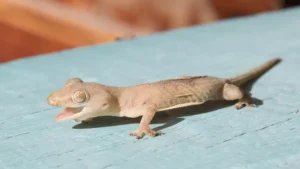
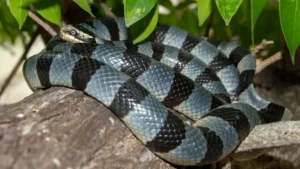
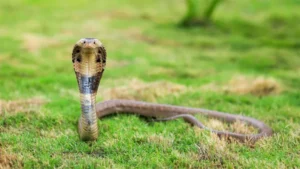


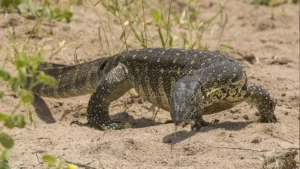
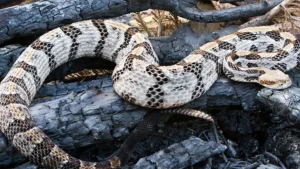
Leave your comment